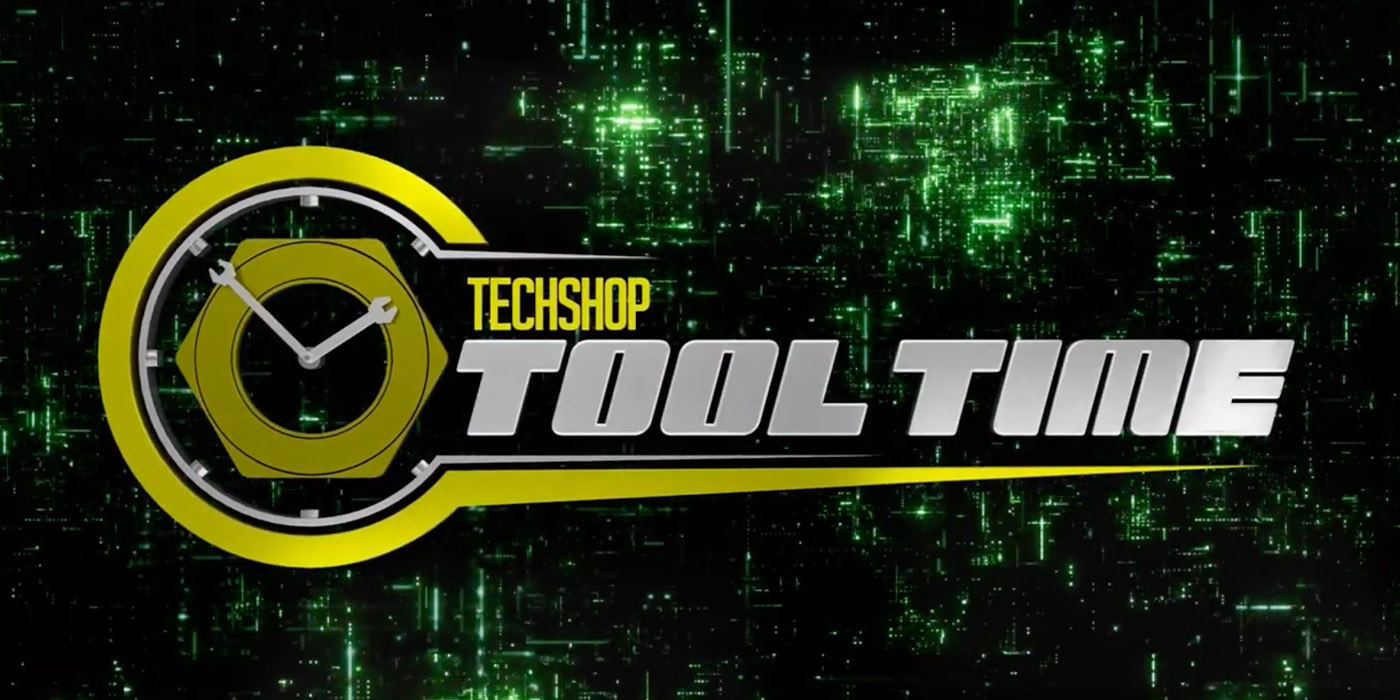Many vehicles have a sensor that detects low coolant levels in the reservoir. This sensor will cause a message to be displayed in the driver information center. The car or truck may never overheat, but the customer will be annoyed and even alarmed by the message. Some might even top off the reservoir, but the warning might come back in a few days or a few weeks. So, what do you do if you get one of these customers in your shop? First, you have to find the leak.
To find small leaks, you are going to need pressure and time. One of the best tools to find small leaks is one of these. This cooling system pressure tester can bring the cooling system up to operating pressures without running the engine. This can help you see the leaks without dodging moving belts and hot exhaust systems. You can even remove parts to inspect an area that might be leaking. These pumps have a pressure gauge for a reason. You never want to exceed the pressure listed on the cap, which is typically between 17 and 21 psi. Exceeding these pressures may cause leaks where there were none before.
If you still can’t find the leak, you can use dyes in the coolant. Dyes can be seen when they are exposed to UV light. These can be helpful if the leak is in an area with limited access.
If the leak is still evading you, you might have to inspect inside the engine. Since you can’t take the head off to check the head gasket, you will have to look at pressure decay, cylinder leak down and the condition of the spark plugs.
Most cooling systems should keep the pressure above 17 psi indefinitely. If the head gasket has failed, the cooling system will bleed off pressure into the combustion chamber, or the pressure from the combustion chamber will find its way into the cooling system. Performing a leak-down check can be beneficial.
Before you attach the leak-down gauges and compressed air, look at the spark plugs. In the cylinder with the head gasket leak, the spark plug will have a cleaner appearance than the other plugs, or it can have a white coating. Also, if you can see into the cylinder with a borescope, the piston’s crown will have fewer carbon deposits than the others.
Regardless of where the leak might be, or if you can’t find the source of the low coolant message, you might want to try a bottle of cooling system sealant to see if it can resolve the issue.
The technology in K-Seal ULTIMATE is carefully engineered to safely and quickly repair coolant leaks, including in the head gasket. Independently university tested to conform to ASTM D3147, K-Seal Ultimate is safe to use in all water-cooled engines including with aluminum heads.
Once the ceramic microfibers have sealed and fixed the leak, a combination of exposure to either the external atmosphere or the gases within the combustion chamber and the heat within the cooling system and engine ensures K-Seal Ultimate makes a permanent repair.
This video is sponsored by K-Seal.













